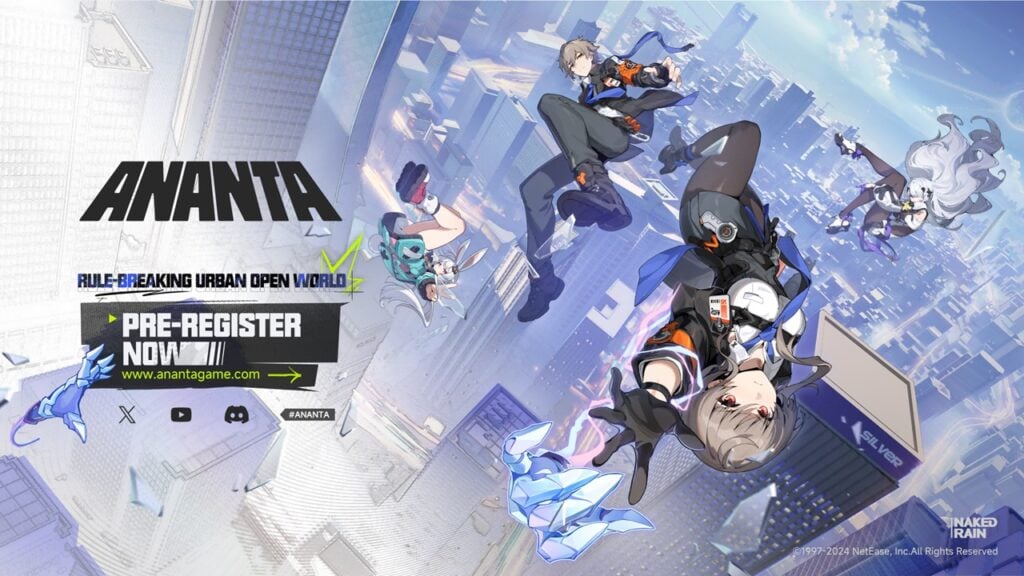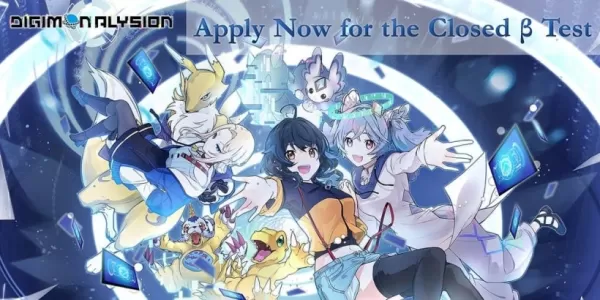"Monster Hunter: The Global Gaming Phenomenon"
In the lead-up to its global launch, Monster Hunter Wilds shattered pre-order records on both Steam and PlayStation, effortlessly following the footsteps of its predecessors, 2022's Monster Hunter Rise and 2018's Monster Hunter: World. These staggering sales figures have firmly established Capcom's distinctive and esoteric RPG series as one of the most significant video game franchises globally.
However, this was not always the case. Just a decade ago, the notion of a Monster Hunter game achieving such widespread global popularity would have been unthinkable. Going back even further to the series' inception in 2004, the idea seemed even more improbable; the original game received mixed reviews. It wasn't until a year later, when Monster Hunter transitioned to the PSP, that the series truly took off, albeit primarily in Japan.
For years, Monster Hunter epitomized the "game series bigger in Japan than the rest of the world" phenomenon. The reasons for this were straightforward, as this story will elucidate, yet Capcom never ceased trying to penetrate the international market. The success of Monster Hunter: World, Rise, and now Wilds underscores the value of their persistent efforts.
This is the journey of how Monster Hunter evolved from a domestic sensation to a global powerhouse.
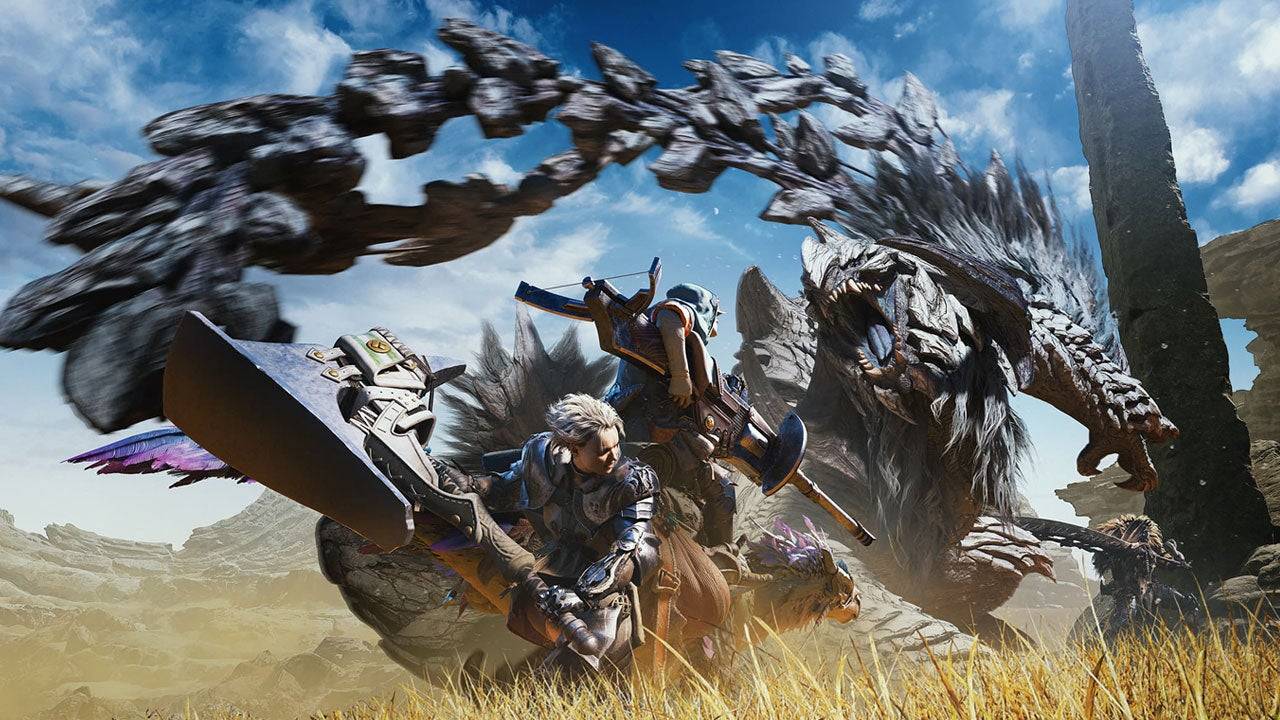
Around the time of Street Fighter 5’s launch in 2016, Capcom underwent an internal reorganization to prepare for a new generation of games. These games would utilize the company’s new RE Engine, replacing the aging MT Framework. This shift was more than just a change in tools; it came with a new mandate to ensure Capcom’s games appealed not only to existing fans in specific regions but to a global audience.
“It was a few factors that came together,” says Hideaki Itsuno, a former game director at Capcom, renowned for his work on Devil May Cry. “The change of the engine and also all teams were given a very clear goal at that point to make games that reach the global market. [Games] that are fun for everyone.”
During the PS3 and Xbox 360 era, Capcom's games seemed to target an imagined version of the “Western games market.” While the action-heavy Resident Evil 4 was a major hit, subsequent attempts like Umbrella Corps and the sci-fi shooter series Lost Planet, which chased late-2000s Western gaming trends, did not fare as well. This led Capcom to realize the importance of creating games that could captivate a universal audience, not just fans of traditional Western genres.
“I think that we had that clear goal of just focusing and not holding anything back,” Itsuno says. “Towards making good games that would reach people from all over the world.”
Itsuno notes that the period leading up to 2017 was crucial. “The changes in organization and the changes in the engine, all these elements came together around that time,” he says. When Resident Evil 7 was released that year, it kickstarted a Capcom renaissance.
No other series better exemplifies this new company goal for global success than Monster Hunter. Despite its dedicated fan base in the West, for decades, Monster Hunter was significantly more popular in Japan. This wasn't by design but due to real-world factors.
Monster Hunter found immense success transitioning from PlayStation 2 to the PSP with Monster Hunter Freedom Unite. The handheld gaming market was always stronger in Japan, as evidenced by the success of not only the PSP but also Nintendo’s DS and, more recently, the Switch. According to the series’ executive producer Ryozo Tsujimoto, the key to Monster Hunter’s success in Japan was the ability for gamers to play reliably with friends, thanks to Japan’s advanced wireless internet infrastructure, which was years ahead of what was available in the United States at the time.
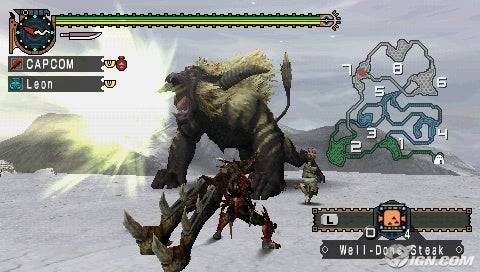
“20 years ago, Japan was in a very, very solid state in terms of the network environments available to people, and being able to connect and to play online together,” Tsujimoto says. “And of course, we’re not speaking for everyone there, because we realize that there are people who may not have had the chance to play with friends back then. But by moving over to handheld systems, we were able to grow that player base that was interacting and playing multiplayer together.”
Monster Hunter, built on the core pillar of cooperative play, recognized that this aspect would be best served by friends quickly joining hunts together. At the time, handheld consoles were the best avenue for this. Due to Japan’s advanced internet, Monster Hunter was initially developed for the local market, even if unintentionally.
This created a feedback loop. Monster Hunter games became best-sellers primarily in Japan, and to cater to this audience, Capcom released Japan-only content and hosted Japan-only special events, further reinforcing Monster Hunter’s image as a "Japan-only" brand.
However, Monster Hunter did have fans in the West, who envied the exclusive content and events available to Japanese players. As the Western world improved its internet infrastructure and online play became a standard for console gamers, Tsujimoto and his team saw an opportunity to launch their most advanced and globally accessible Monster Hunter game yet.
Released in 2018 on PlayStation 4, Xbox One, and PC, Monster Hunter: World marked a monumental shift for the franchise. Unlike its predecessors designed for smaller, less-capable handheld consoles, it offered large-scale, AAA console quality action with enhanced graphics, expansive areas, and, of course, larger monsters.
“Our approach to the globalization of the series and Monster Hunter in general really ties into not only the themes that we had going into designing the game, but also in the name of the game,” Tsujimoto reveals. “The fact that we called it Monster Hunter: World is really kind of a nod to the fact that we wanted to appeal to this worldwide audience that we wanted to really dig into and experience Monster Hunter for the first time.”
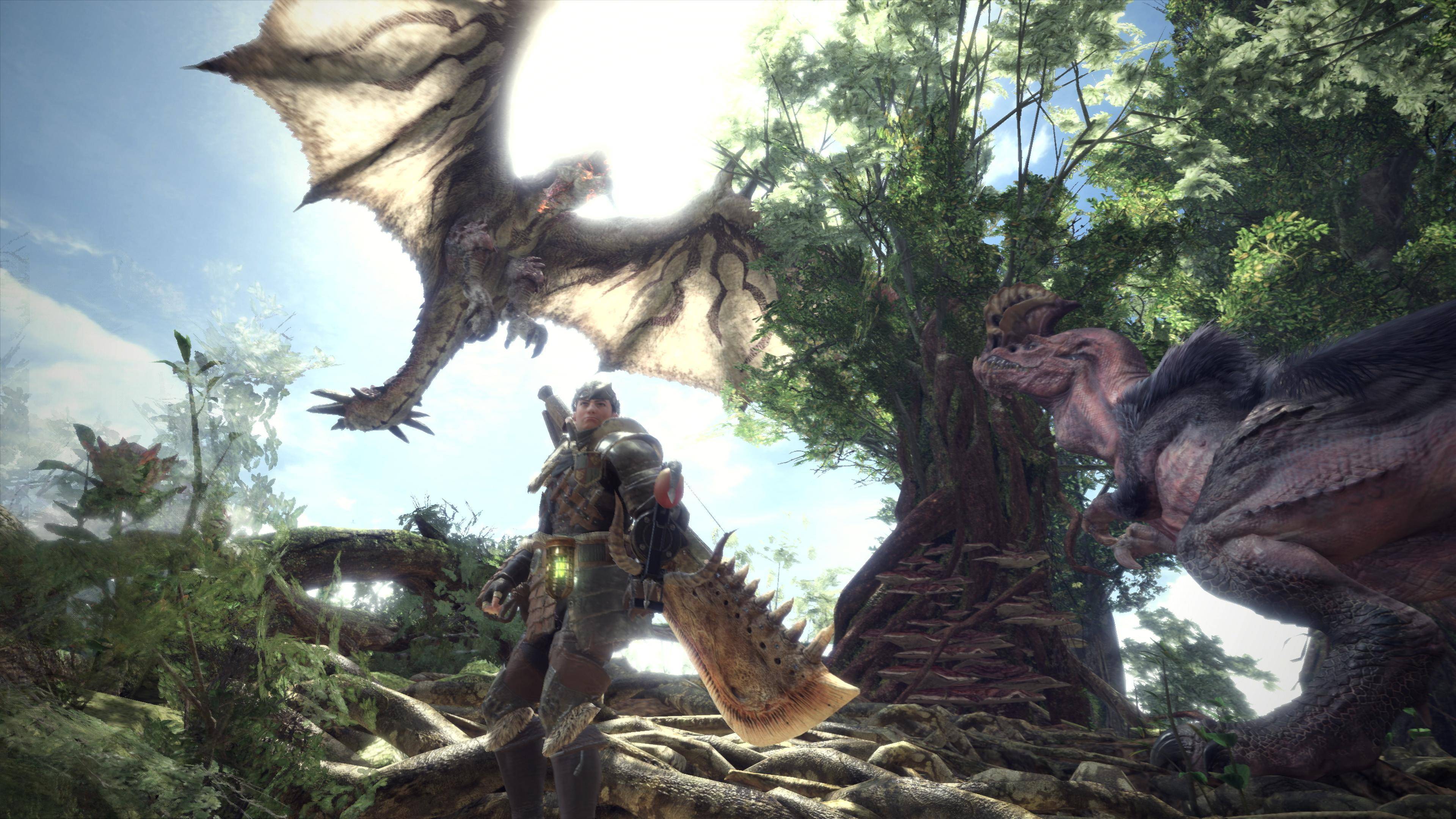
It was crucial that Monster Hunter: World did not favor one market over another. The game was released simultaneously worldwide, with no exclusive content locked to Japan, something Tsujimoto says “comes with realigning ourselves to hit those global standards that people come to expect of titles around the world.”
It wasn’t just about ensuring simultaneous global release; Tsujimoto and his team delved deep to see how Monster Hunter’s formula could be adjusted to broaden its appeal to players worldwide.
“We did focus tests and user tests across the world, and some of the impact of those — the feedback and the opinions that we got during that really affected how we designed our game systems and really affected how much success we had as a global title for that game,” Tsujimoto says.
One significant change resulting from these playtests was the inclusion of damage numbers when players hit monsters. Small tweaks to an already successful formula propelled Monster Hunter to unprecedented heights. While previous Monster Hunter games typically sold between 1.3 to 5 million copies (not including re-releases and special editions), Monster Hunter: World and its 2022 follow-up, Monster Hunter Rise, both surpassed 20 million copies sold.
This surge in player growth was not accidental. Rather than altering Monster Hunter’s essence to cater to Western tastes, Tsujimoto and his team found ways to make the series’ unique and complex nature more accessible to a broader audience without compromising its core. This approach continues with the latest installment, Monster Hunter Wilds.
“At its heart, Monster Hunter really is an action game, and that sense of accomplishment you get from really mastering that action is an important aspect of Monster Hunter,” Tsujimoto explains. “But for newer players, it's really getting to that point. The steps involved in getting to that sense of accomplishment is really what we're trying to strategize for, in terms of designing for new players. So with World and Rise, for example, we were taking really great care to analyze where players got stuck, what was hard to understand, what they were having trouble with, getting player feedback, and also doing our own kind of research into that. And all of that kind of knowledge has impacted how we've implemented new systems into Wilds.”
Within 35 minutes of its release, Monster Hunter Wilds reached 738,000 concurrent players on Steam, more than double Monster Hunter: World's all-time high. There's a strong possibility that Capcom's latest title could soon surpass the achievements of World and Rise. With a collection of glowing reviews and the promise of more content, Monster Hunter Wilds seems poised to continue the series’ mission to conquer the world.
-
1
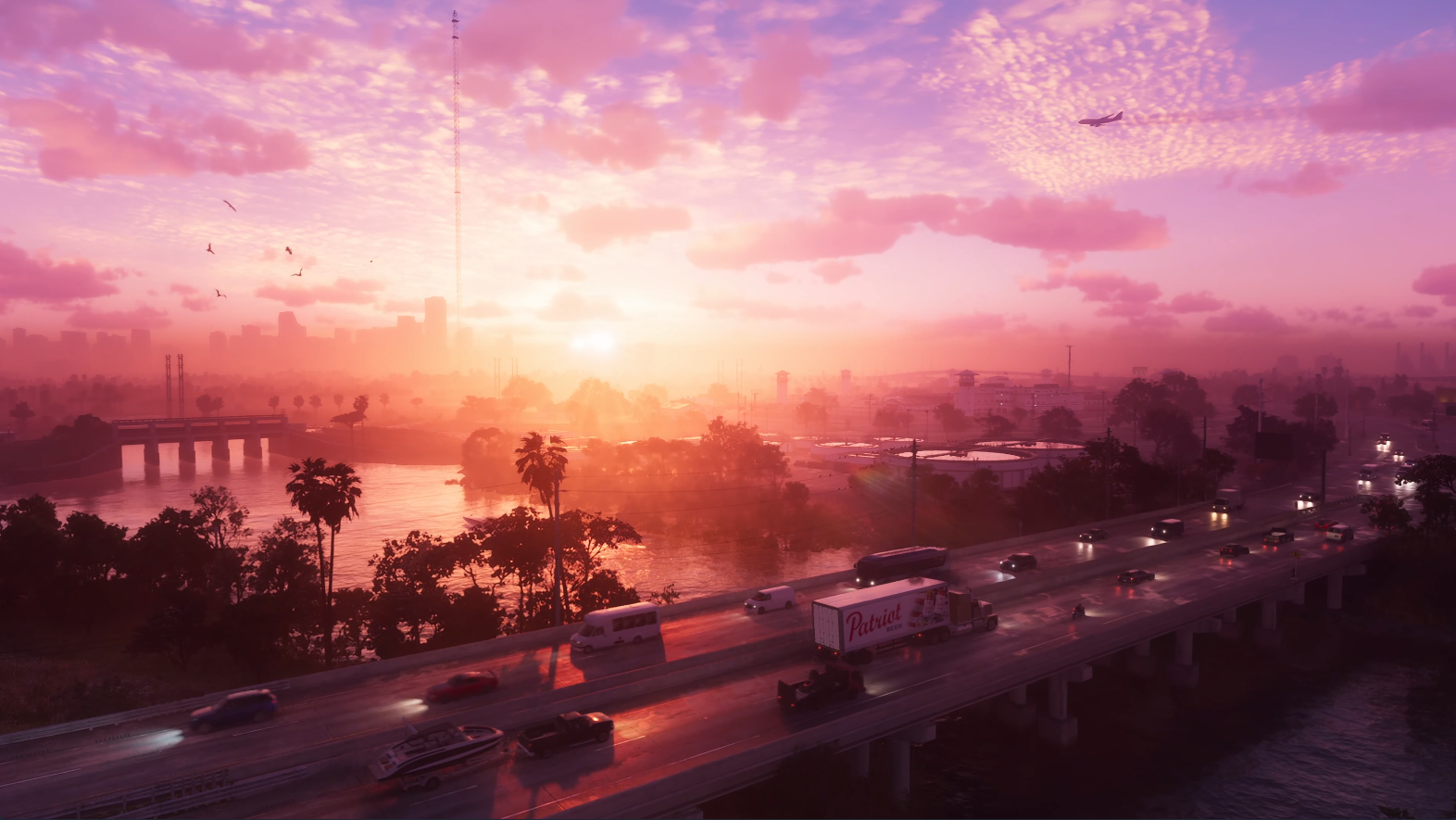
GTA 6 Set for Fall 2025 Release, CEO Confirms
Apr 03,2025
-
2
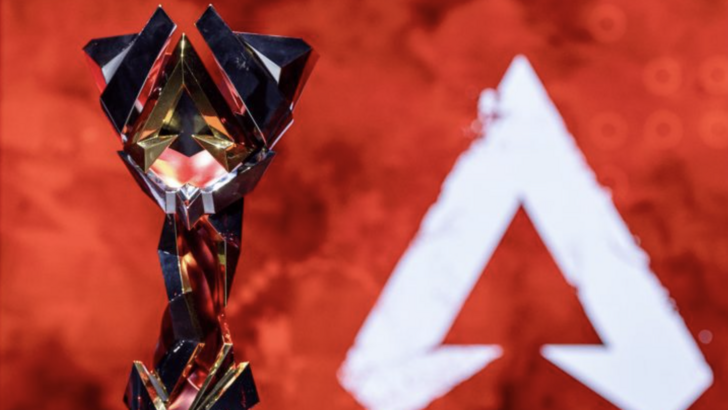
First ALGS in Asia Emerges in Japan
Jan 19,2025
-
3
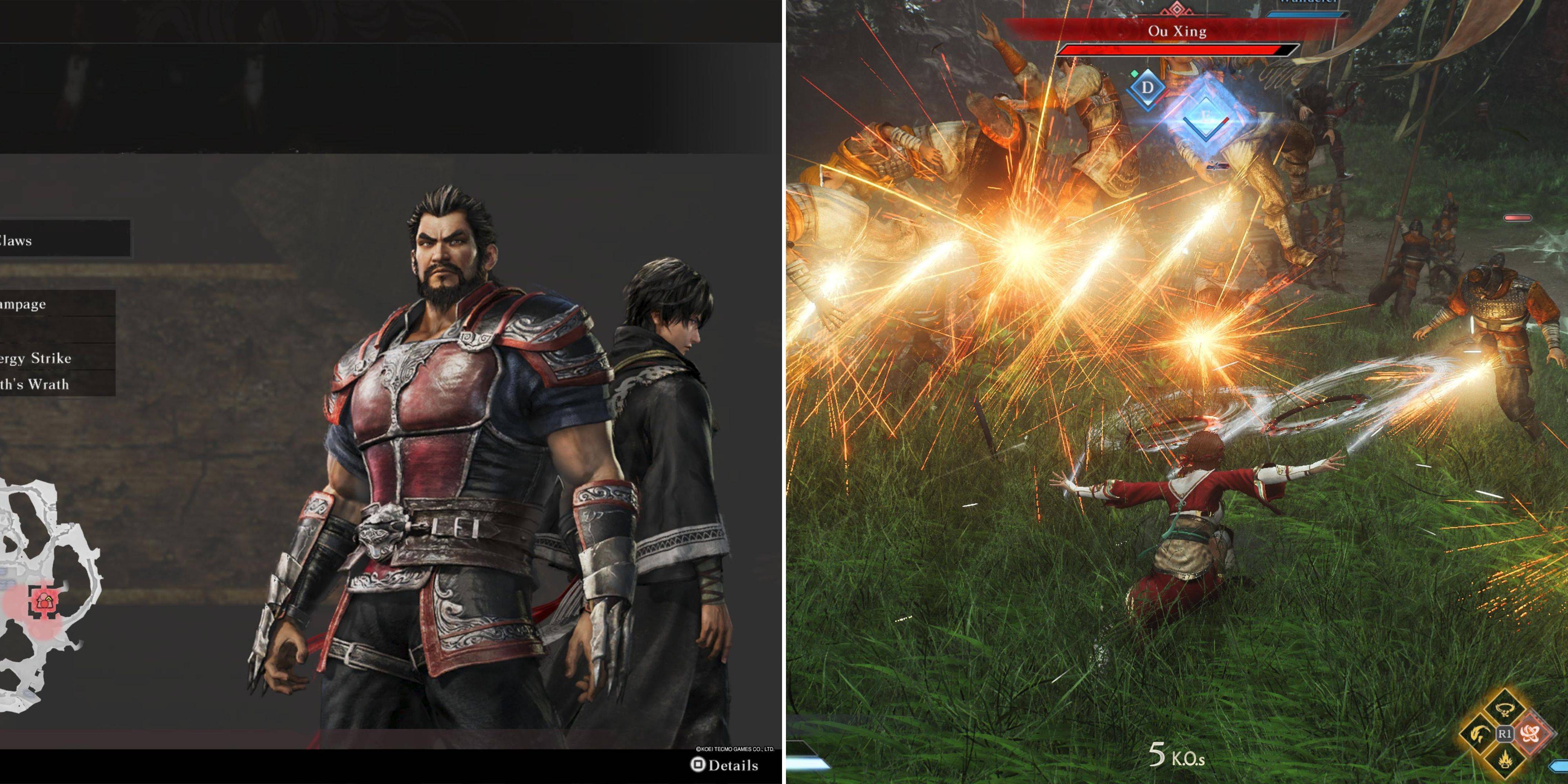
Introducing the Ultimate Guide to Seamless Character Swapping in Dynasty Warriors: Origins
Feb 25,2025
-
4
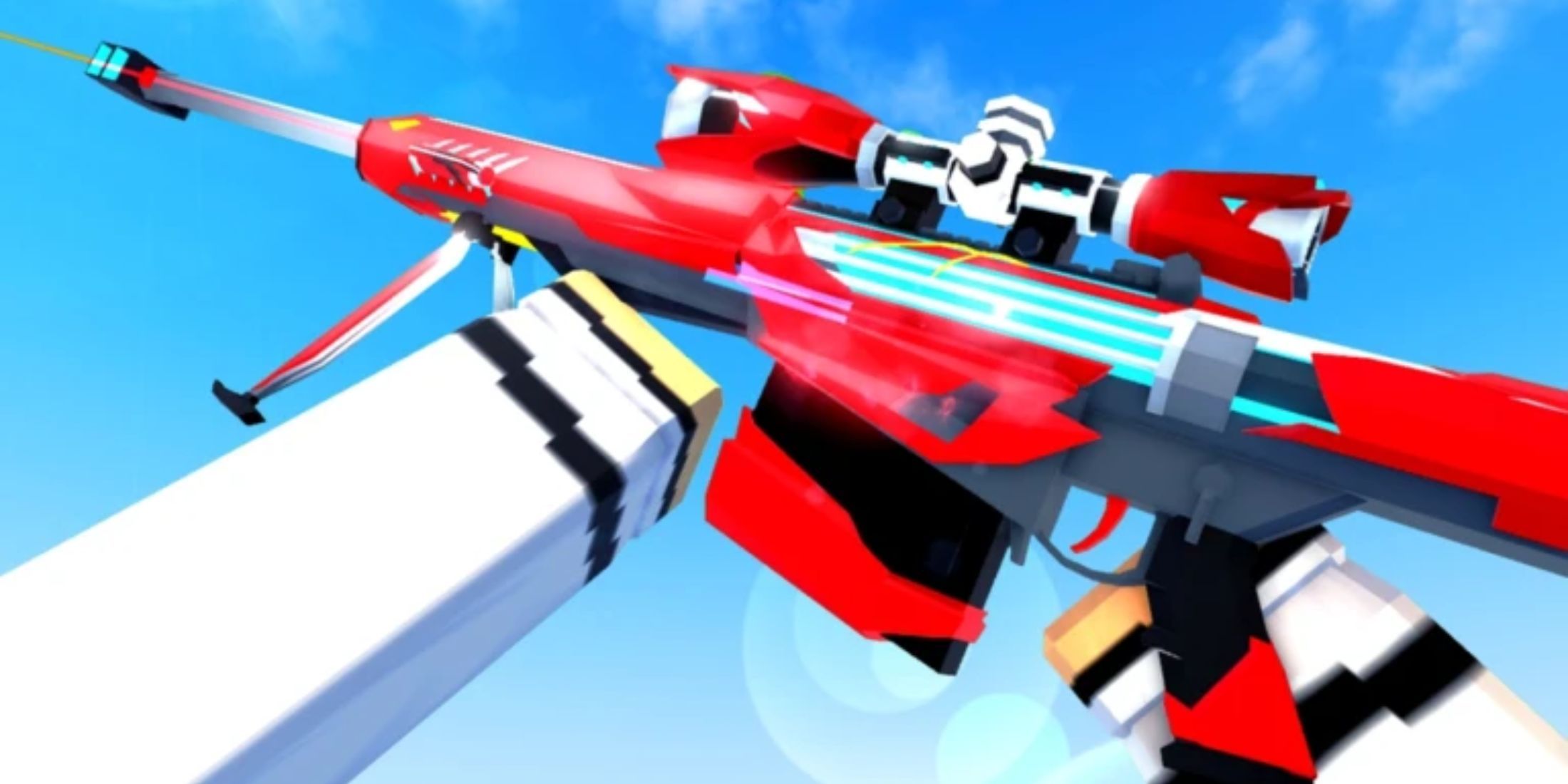
Roblox: CrossBlox Codes (January 2025)
Mar 04,2025
-
5
![Roblox Forsaken Characters Tier List [UPDATED] (2025)](https://img.jdzca.com/uploads/18/17380116246797f3e8a8a39.jpg)
Roblox Forsaken Characters Tier List [UPDATED] (2025)
Mar 05,2025
-
6
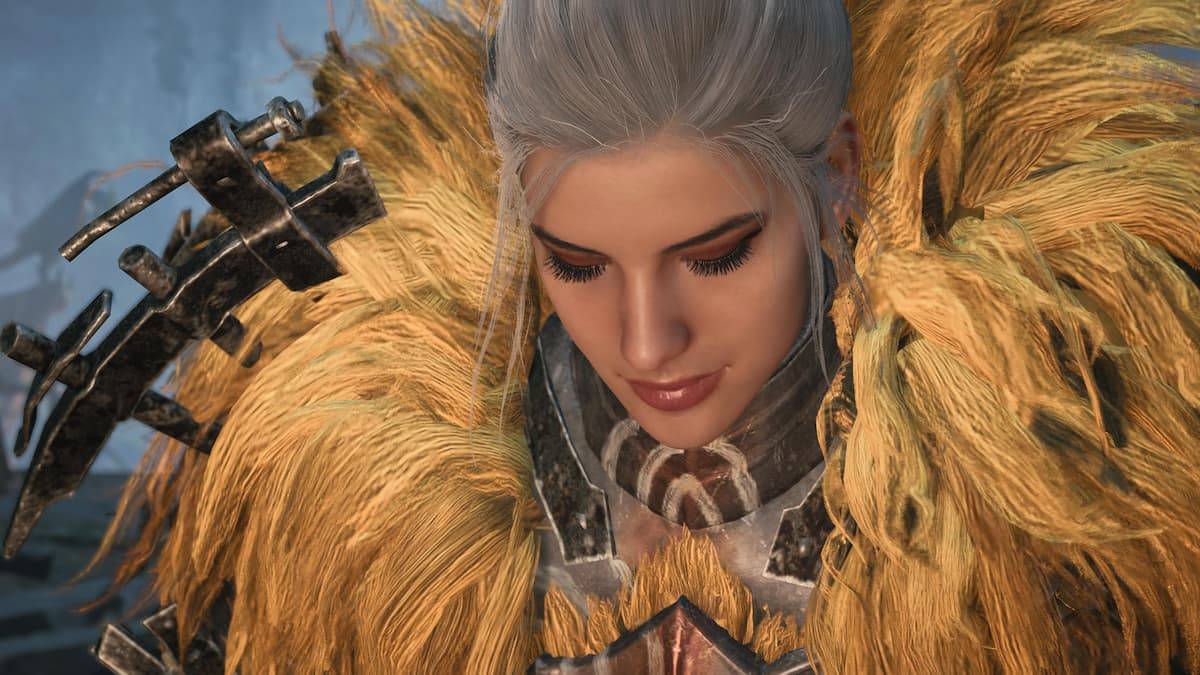
Max Hunter Rank in Monster Hunter Wilds: Tips to Increase
Apr 04,2025
-
7
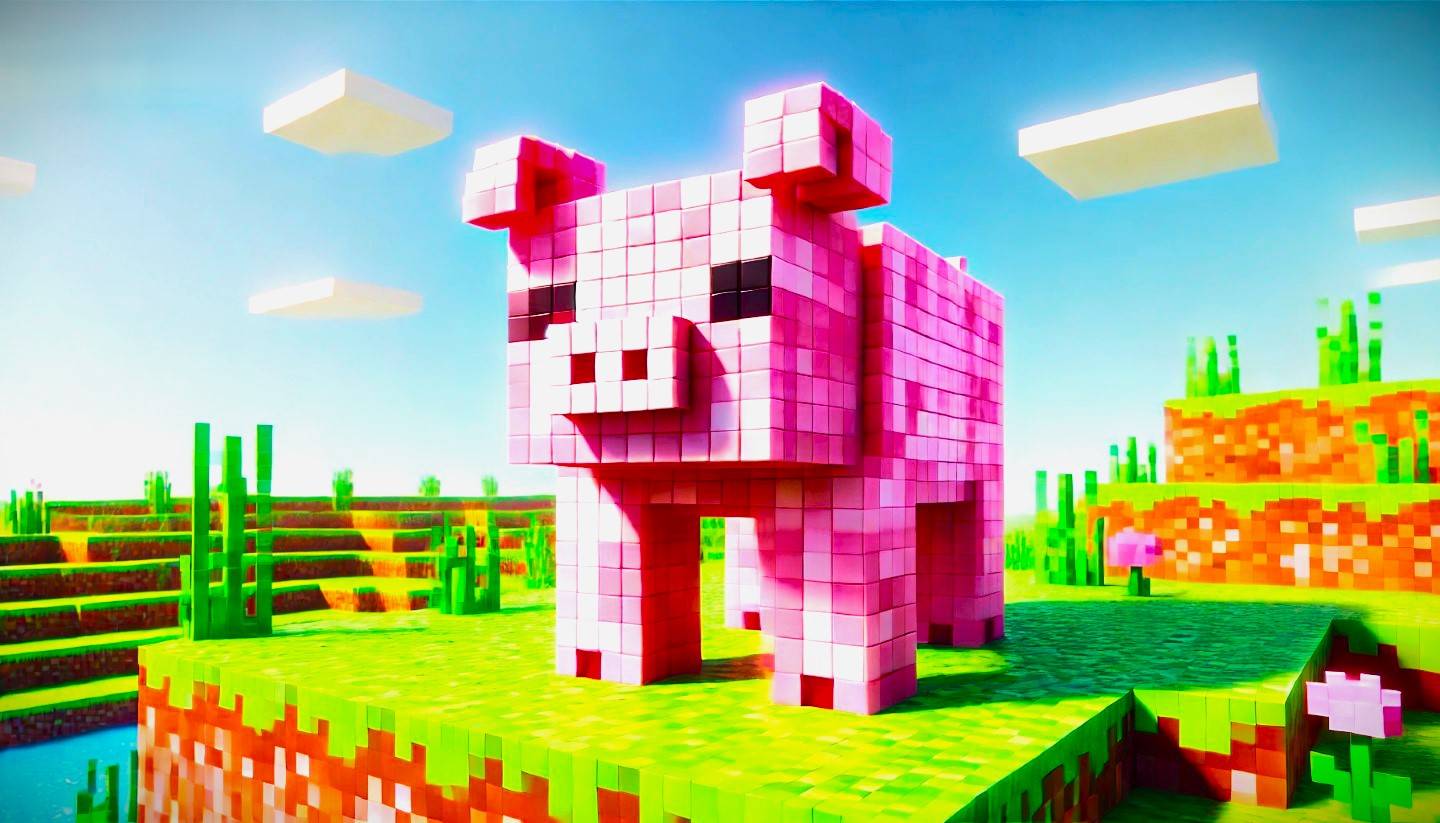
Cute mobs in Minecraft: pink pigs and why they are needed
Mar 06,2025
-
8
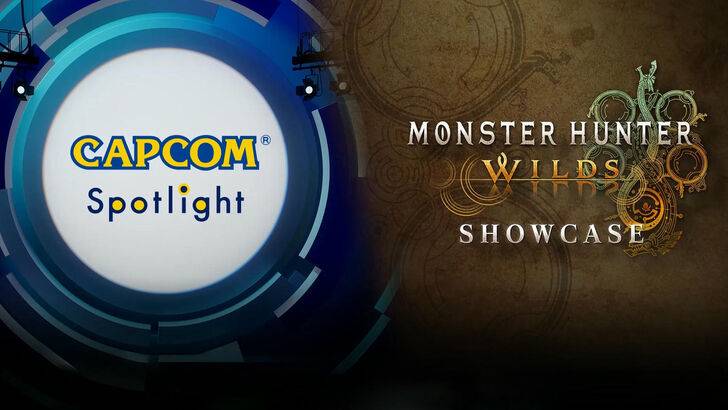
Capcom Spotlight Feb 2025 Showcases Monster Hunter Wilds, Onimusha and More
Apr 01,2025
-
9
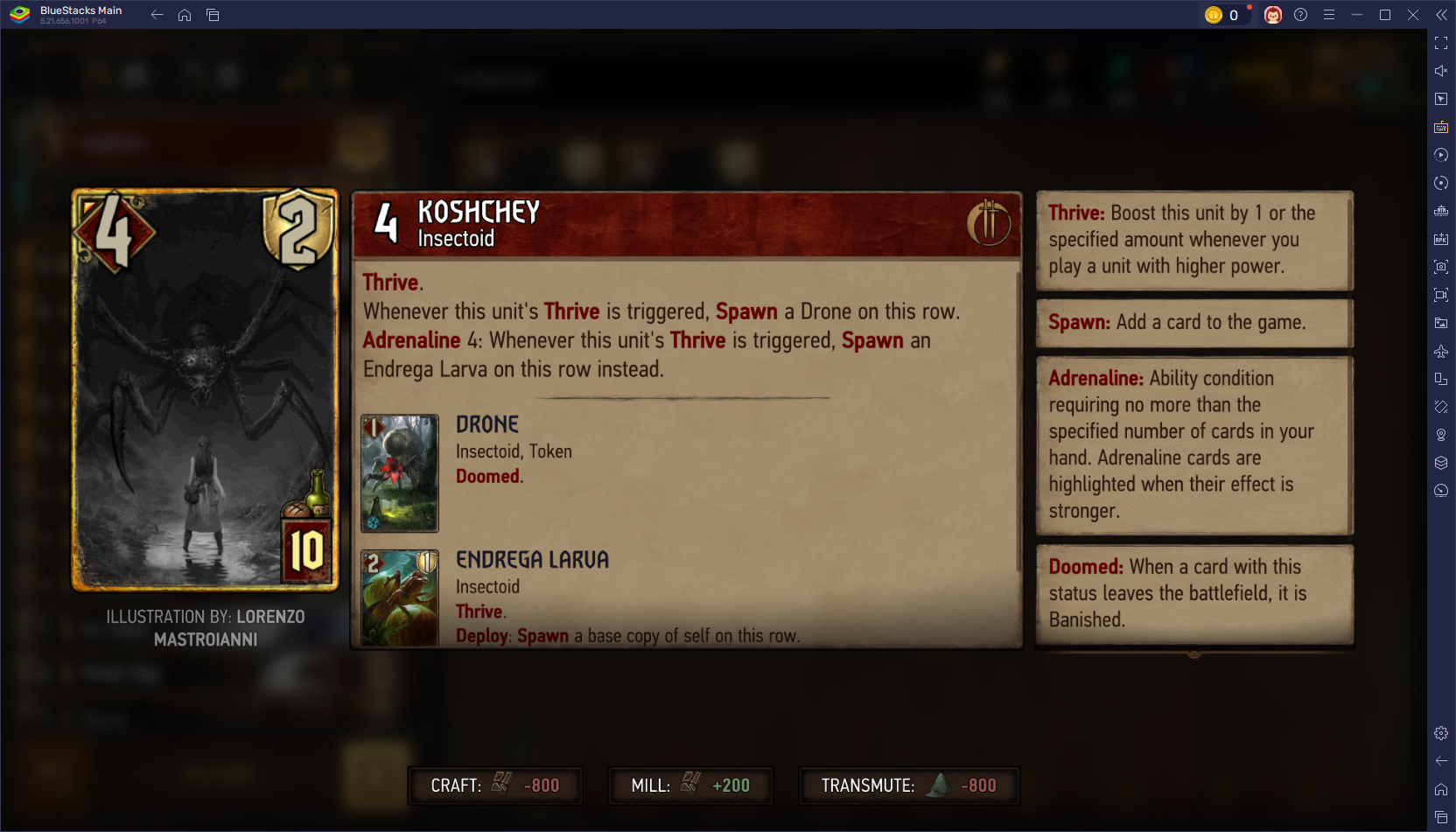
Gwent: Top 5 Witcher Decks (2025 Update)
Mar 13,2025
-
10
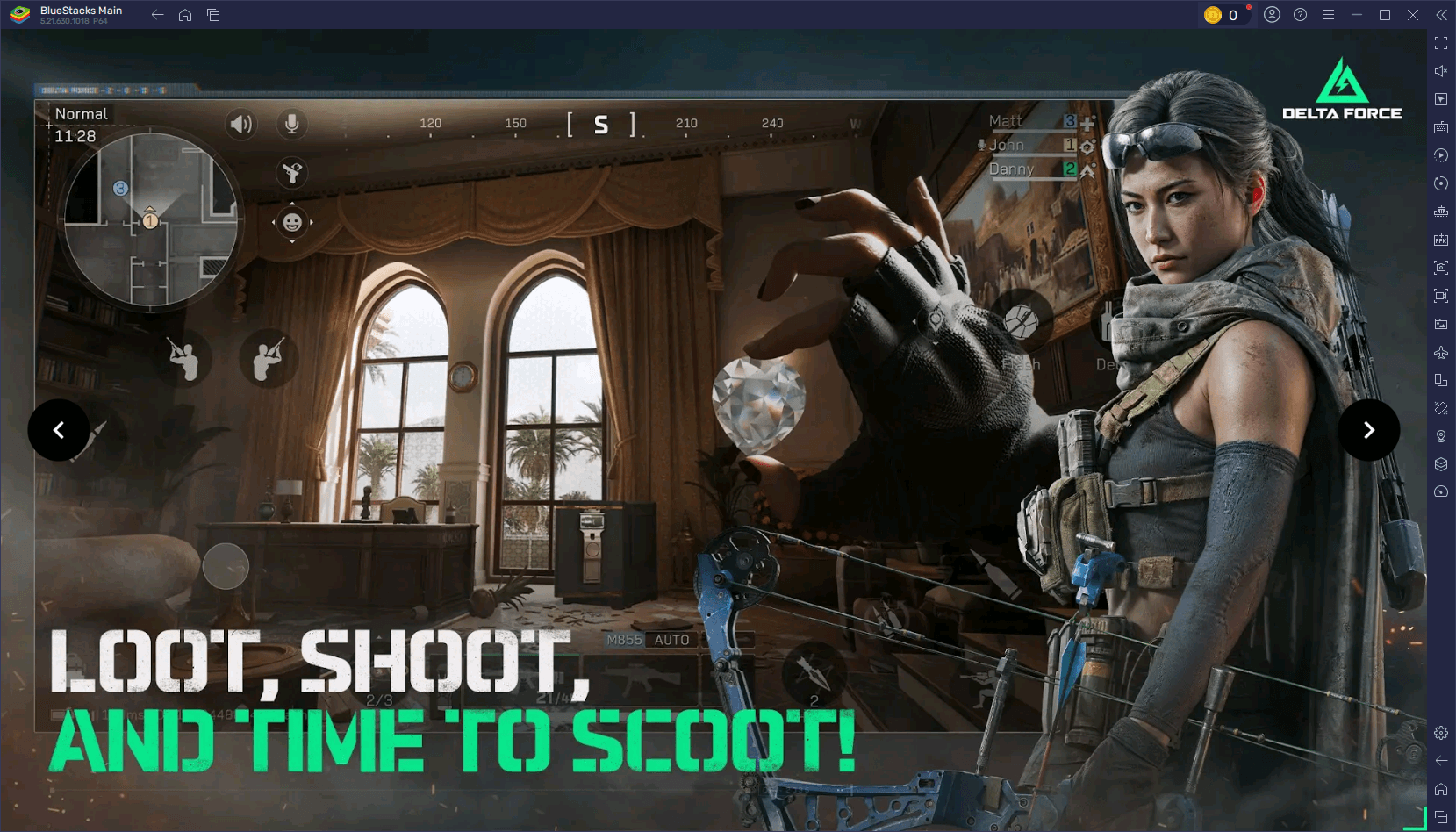
Delta Force Mobile: Beginner's Guide to Getting Started
Apr 23,2025
-
Download

Portrait Sketch
Photography / 37.12M
Update: Dec 17,2024
-
Download

Friendship with Benefits
Casual / 150.32M
Update: Dec 13,2024
-
Download
![[NSFW 18+] Sissy Trainer](https://img.jdzca.com/uploads/16/1719638919667f9b874d57e.png)
[NSFW 18+] Sissy Trainer
Casual / 36.00M
Update: Dec 11,2024
-
4
F.I.L.F. 2
-
5
슬롯 마카오 카지노 - 정말 재미나는 리얼 슬롯머신
-
6
Pocket Touch Simulation! for
-
7
Shuffles by Pinterest
-
8
Life with a College Girl
-
9
Chubby Story [v1.4.2] (Localizations)
-
10
Hunter Akuna

